Because of the increase in plastic input materials, the use of CaCO3 filler in the packaging industry has now become more and more popular, especially in the packaging industry. In this article, let’s discover top 5 most common applications of calcium carbonate filler in the packaging industry.
According to some research, packaging industry takes up 39% of the total amount of CaCO3 filler consumed, making it the largest consumer of calcium carbonate. This figure is much greater than the second-largest field, which is building & construction industry with 21%. That statistics implied the popularity of calcium carbonate filler in the packaging industry. So, what applications in particular is this material applied in?
I. Benefits of using CaCO3 filler in the packaging industry?
Calcium carbonate filler is the combination of CaCO3 powder, plastic resins (PP, PE,...), and other additives (normally processing aid and dispersion agent). Thanks to the presence of CaCO3 powder, whose price is relatively lower than that of plastic resins, this material is more affordable and reasonable for plastic enterprises. Besides, CaCO3 filler also assists in improving certain properties of end-products such as mechanical properties, rigidity, and thermal resistance,... thus increasing products’ competitiveness.
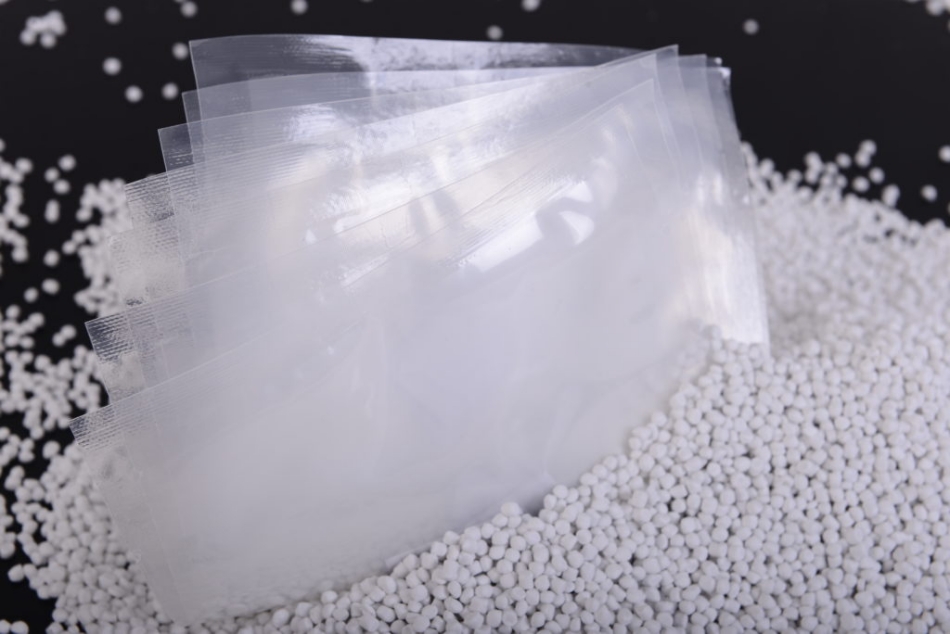 CaCO3 filler is more affordable and reasonable for packaging products manufacturers
CaCO3 filler is more affordable and reasonable for packaging products manufacturersII. 5 most common uses of CaCO3 filler in the packaging industry
1. Food wrapping film
Plastic wrap was initially created from polyvinyl chloride (PVC), which is the most common plastic component globally. However, due to many concerns regarding the toxic penetration of the film, low-density polyethylene (LDPE) has been chosen as a safer alternative. Though it is less adhesive than PVC, it can be reinforced by adding linear low-density polyethylene (LLDPE), which also improves the film's tensile strength.
Nevertheless, the revolution hadn’t been really initiated until CaCO3 filler came into use. With a view to saving production costs, PE filler masterbatch is added to partly replace PE resin in the manufacturing process. The usage rate of PE calcium carbonate filler is determined by end-products technical requirements, normally varying between 5 to 50% of the total weight. Thanks to the compatibility of PE filler masterbatch to the original plastic combination, it merely causes any chemical changes to the original content, which makes it more appealing to plastic manufacturers.
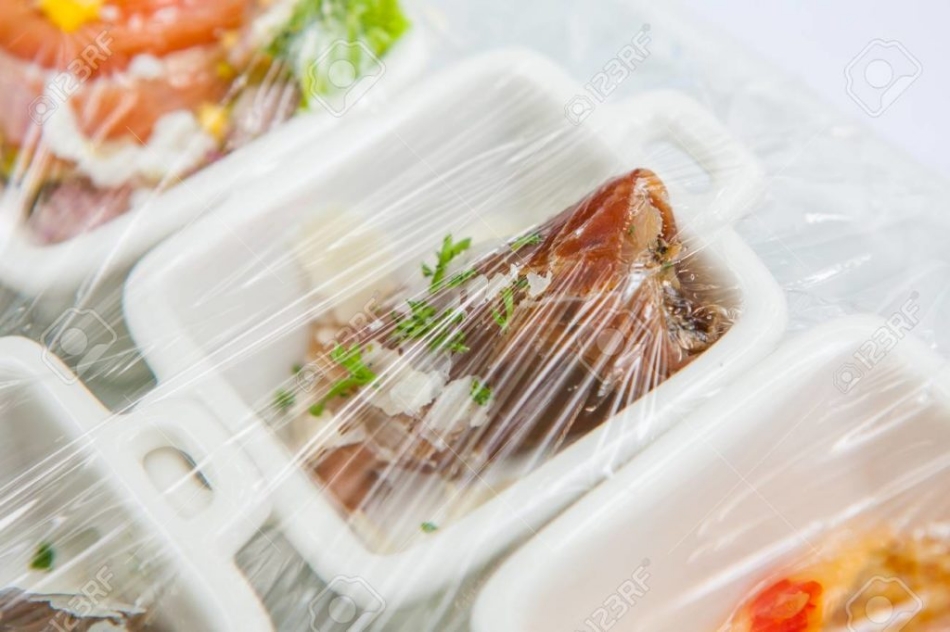 Not only provide customers with a more affordable solution, but CaCO3 filler also enhances end-products’ properties.Furthermore, the application of CaCO3 filler in the packaging industry not only provides customers with a more affordable solution but also enhances end-products’ properties such as rigidity, flexibility, and thermal resistance.
Not only provide customers with a more affordable solution, but CaCO3 filler also enhances end-products’ properties.Furthermore, the application of CaCO3 filler in the packaging industry not only provides customers with a more affordable solution but also enhances end-products’ properties such as rigidity, flexibility, and thermal resistance. 2. Roll bags
Similar to food wrapping film, the application of CaCO3 filler in roll bags has significantly decreased the production cost as CaCO3 powder is more affordable than plastic resin. Besides, as roll bags are mostly used in the food-contact application, the use of calcium carbonate has alleviated negative impacts on consumers’ health which resulted from fossil plastic components.
 The application of CaCO3 filler in roll bags has significantly decreased the production cost
The application of CaCO3 filler in roll bags has significantly decreased the production cost
PE filler masterbatch is the most preferable when it comes to roll bag material thanks to its excellent flexibility, plasticity, waterproofing, and anti-moisture ability. Besides, transparent filler masterbatch with barium sulfate and sodium sulfate as reinforced substances is also used to improve the transparency of end-products.3. T-shirt bags/Shopping bags
Another important application of CaCO3 filler in the packaging industry is T-shirt bags and shopping bags. According to some research, the average American family takes home almost 1,500 plastic shopping bags a year, which again proves an increasing demand for plastic shopping bags. The application of PE filler masterbatch not only helps plastic enterprises reduce production costs but also improves plastic performance by increasing elongation, tear strength, and printability.
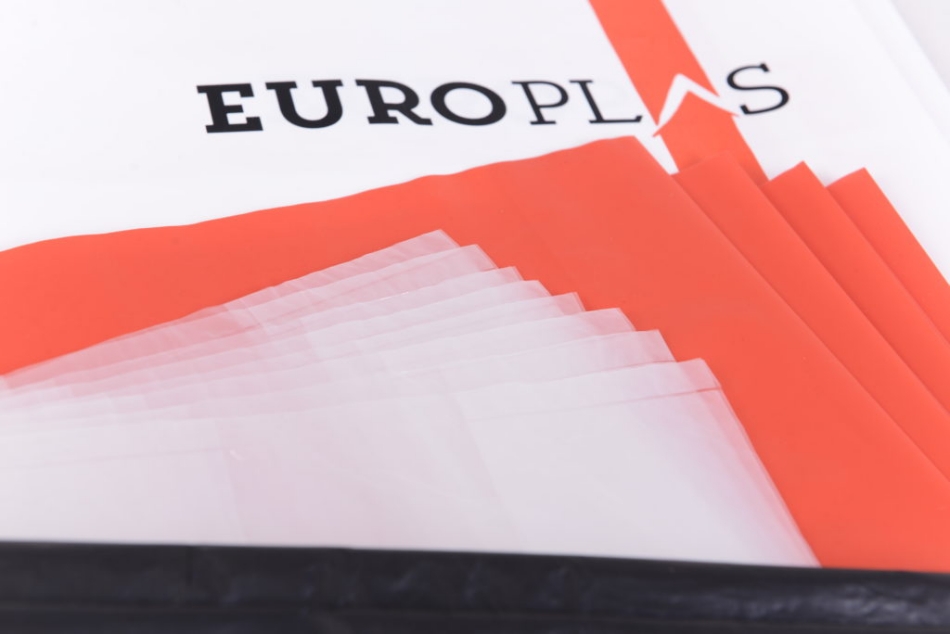 An important application of CaCO3 filler in the packaging industry is T-shirt bags and shopping bags Nevertheless, the most amazing application of CaCO3 filler in shopping bag manufacturing must definitely be bio-filler. This material is a combination of bioplastic and CaCO3 powder, thus allowing end-products to be biodegradable after use, which minimizes the amount of waste released. Besides, bio filler also acts as a processing aid in blown film, which reduces the possibility that film layers get stuck to each other, to streamline manufacturing efficiency.
An important application of CaCO3 filler in the packaging industry is T-shirt bags and shopping bags Nevertheless, the most amazing application of CaCO3 filler in shopping bag manufacturing must definitely be bio-filler. This material is a combination of bioplastic and CaCO3 powder, thus allowing end-products to be biodegradable after use, which minimizes the amount of waste released. Besides, bio filler also acts as a processing aid in blown film, which reduces the possibility that film layers get stuck to each other, to streamline manufacturing efficiency.4. Woven bags
Woven bags are one of the most important applications of CaCO3 filler in the packaging industry. Basically, the input material for woven bags is required to meet certain standards in terms of rigidity, tear strength, printability, and price, of course. That leads to the application of polypropylene (PP) filler in woven bag manufacturing. Not only does it offer end-products a competitive price, but PP calcium carbonate filler also significantly improves end-products’ mechanical properties such as impact strength, tear strength, printability, and thermal resistance,...Thereby, the use of PP filler in woven bag manufacturing largely contributes to the success of plastic enterprises.
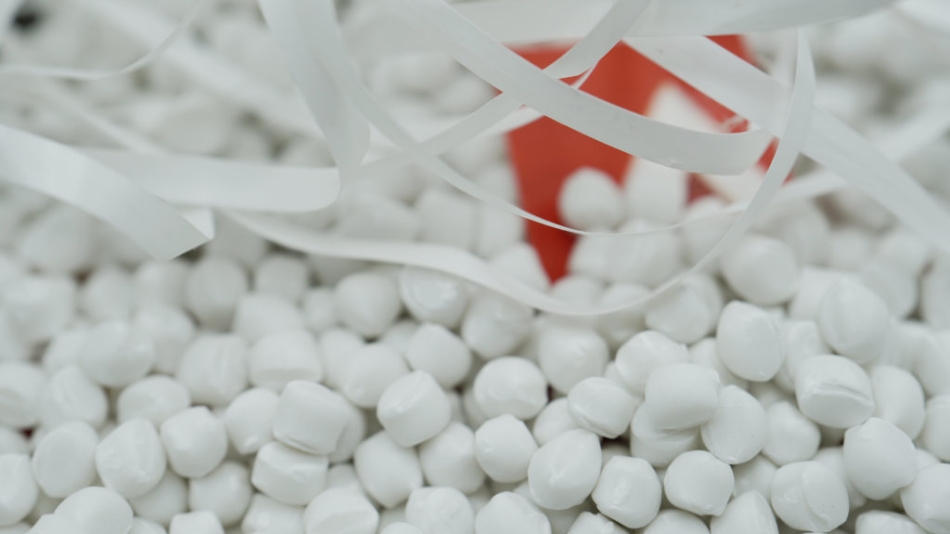 Woven bags are one of the most important applications of calcium carbonate filler
Woven bags are one of the most important applications of calcium carbonate filler 5. Single-use packaging products
For decades, single-use plastic products have been accused of causing severe environmental pollution because of their fossil resin components. However, this no longer bothers plastic manufacturers as the application of bio filler masterbatch has opened up many opportunities for them to cut down on the amount of single-use plastic waste. Thanks to the composition of bioplastic and CaCO3 powder, bio filler is completely biodegradable while maintaining a competitive price. Thus, it not only lessens the burden on the waste processing system but also helps plastic manufacturers save production costs.
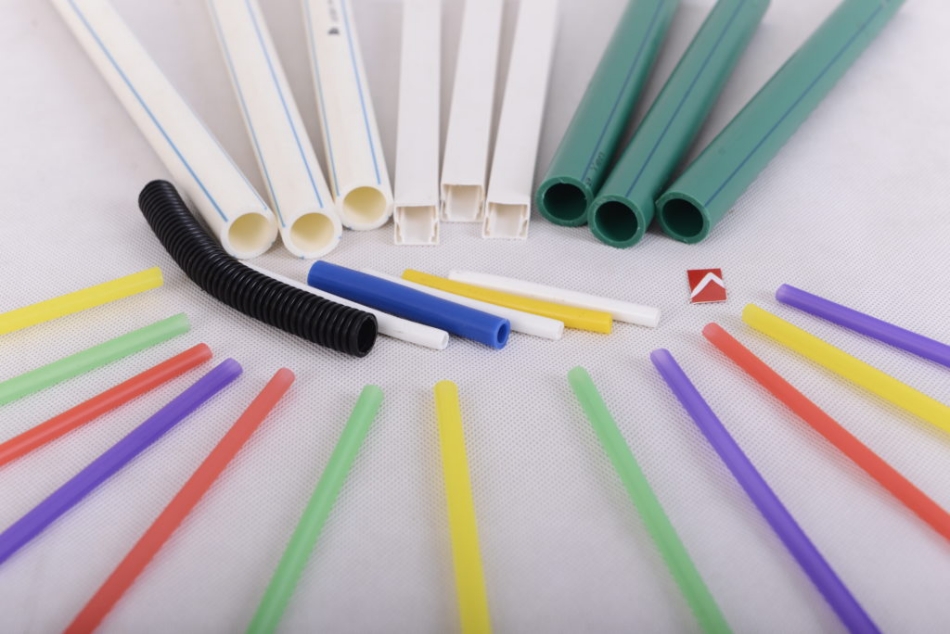 Bio filler is completely biodegradable while maintaining a competitive price Furthermore, bio filler masterbatch also plays as an effective anti-block and slipping agent since it minimizes the stickiness among film layers, thus streamlining the blowing process. As CaCO3 is an efficient thermal conductive, it shortens the amount of time required for the production cycle, which drives efficiency and cost-effectiveness for manufacturers.
Bio filler is completely biodegradable while maintaining a competitive price Furthermore, bio filler masterbatch also plays as an effective anti-block and slipping agent since it minimizes the stickiness among film layers, thus streamlining the blowing process. As CaCO3 is an efficient thermal conductive, it shortens the amount of time required for the production cycle, which drives efficiency and cost-effectiveness for manufacturers.
III. EuroPlas CaCO3 filler in the packaging industry
EuP is one of the leading CaCO3 filler manufacturers in Vietnam. After nearly 14 years of development, EuP has marked its name in the World’s top 5 filler masterbatch manufacturers, which highlights its capacity in providing plastic end-products manufacturers with a cost-effective material solution. Thanks to the advantage of calcium carbonate resources and state-of-the-art technology, EuroPlas filler masterbatch has made a good impression on customers regarding its top quality and reasonable price. The experience in the plastic material market along with effective research activities enable EuroPlas to bring customers customized products at a competitive price. Noticeably, EuroPlas CaCO3 filler is widely applied in the packaging industry, making this sector one of our most important target markets.
Currently, EuP offers packaging products manufacturers a wide range of CaCO3 fillers such as PE filler, PP filler, and Bio filler,...For further information and product samples, do not hesitate to contact us!